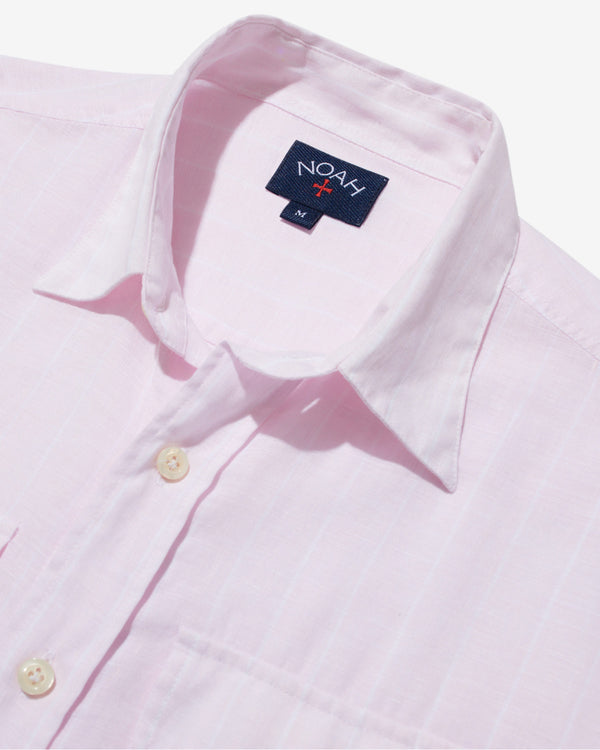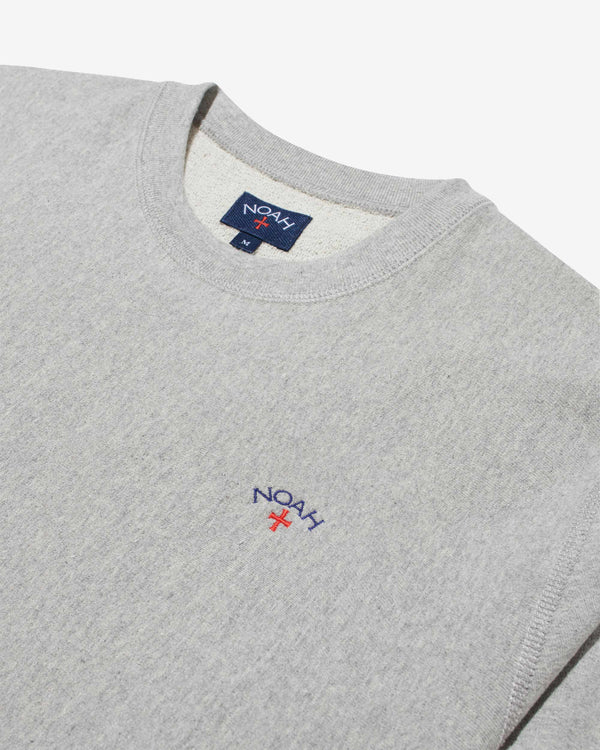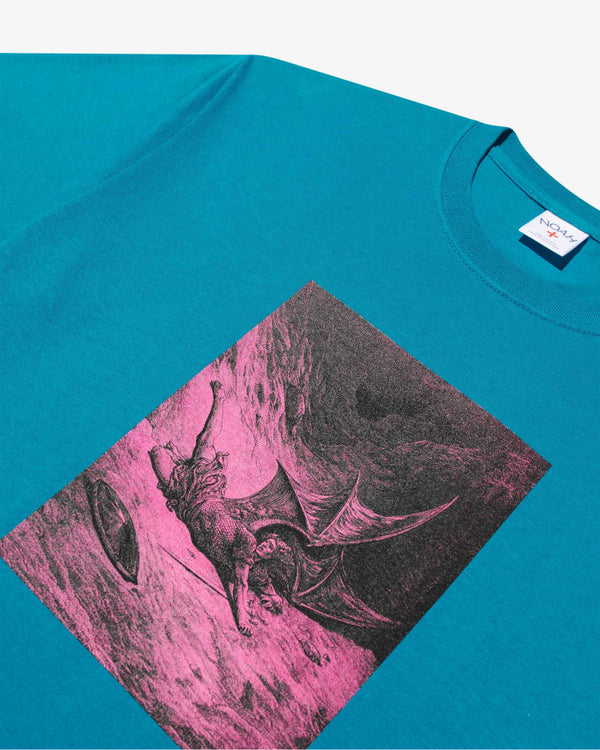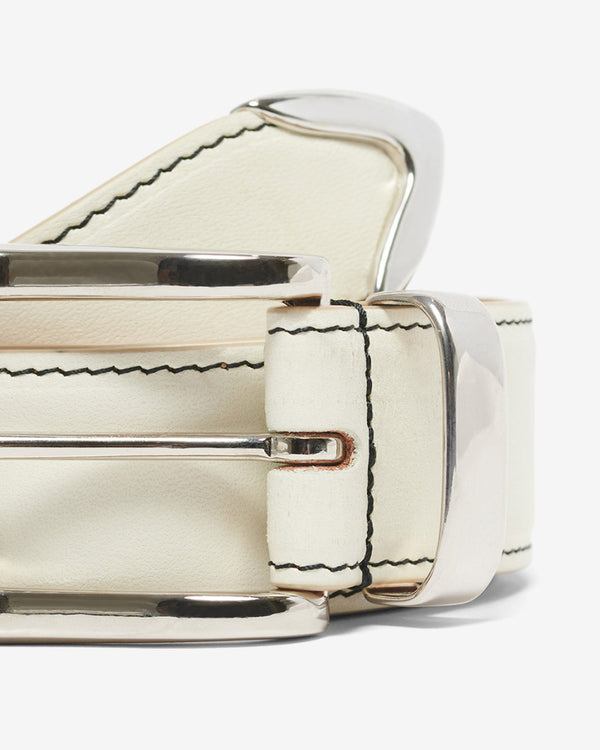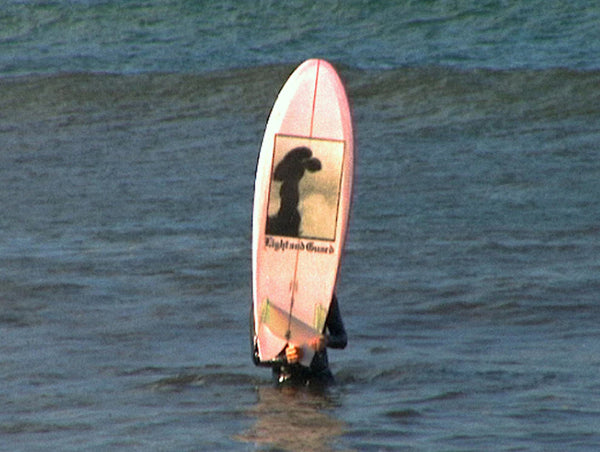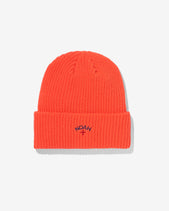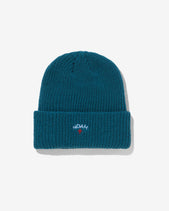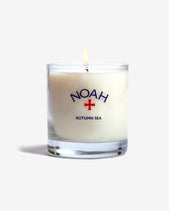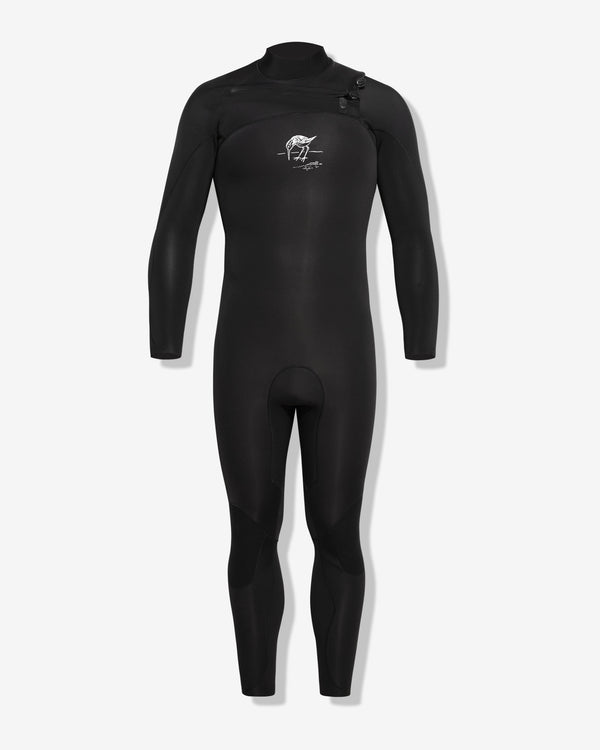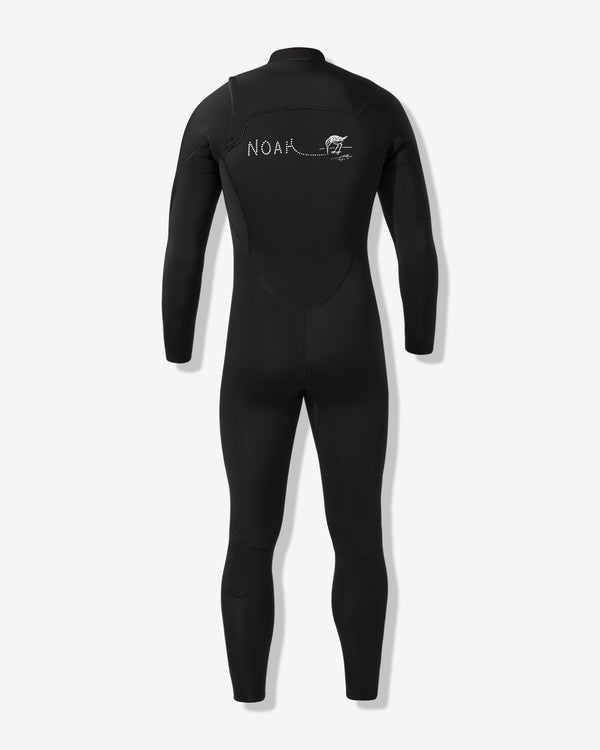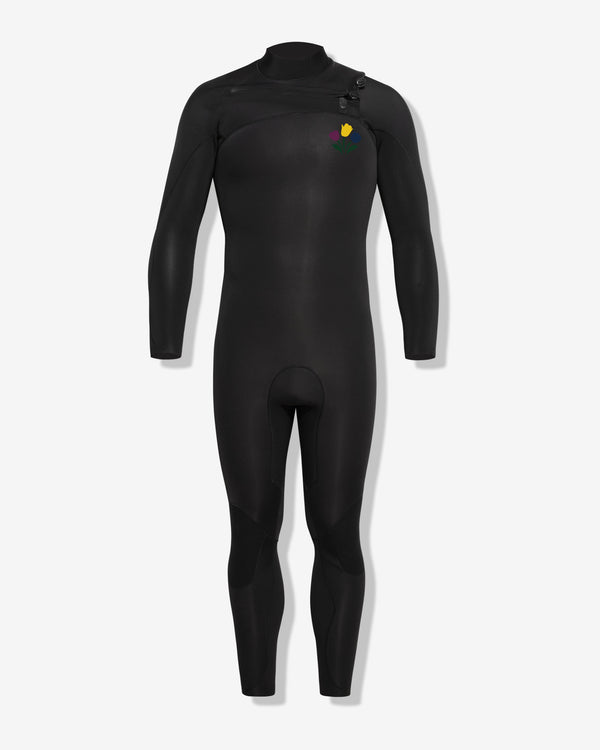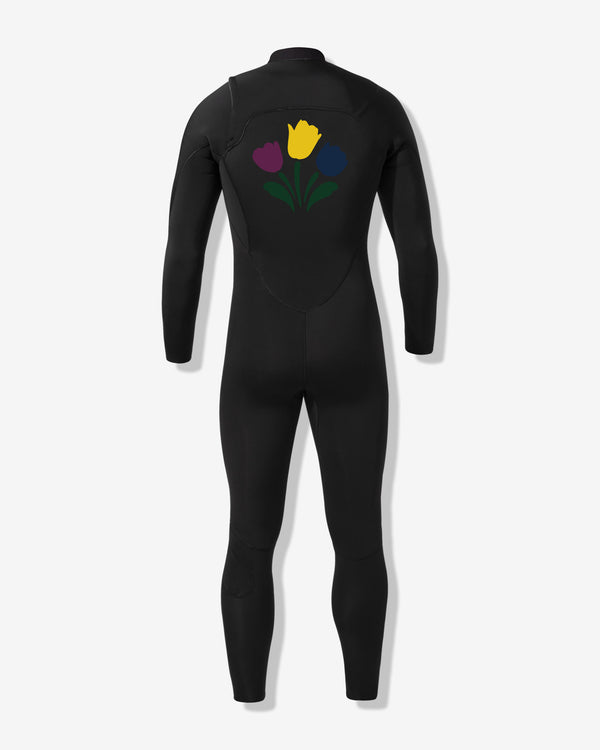
Like so many fabrics, the history of the wetsuit material neoprene is one of humanity attempting to stay warm. Originally developed as an industrial synthetic rubber by DuPont in the 1930's, it made its way into wetsuits in the 50's thanks (in part) to the pioneering efforts of Jack O'Neill, who was looking for material for vests he could wear while body surfing near San Francisco. He discovered foam rubber kept you warm even if a thin layer of water got underneath it, because its inner air bubbles trapped body heat close to the wearer's skin. Functionality improved as surfing exploded in popularity: the advent of nylon lamination solved the problem of people ripping their wetsuits in half while trying to put them on.


Yamamoto #40 neoprene is extremely lightweight and insulating, while remaining incredibly flexible and 99.7% water-impermeable.
Then, in 1960's Japan, the Yamamoto corporation devised a high-tech process to make neoprene from the calcium carbonate in limestone. It's heated to produce a chemical reaction that results in chloroprene rubber chips, which are then polymerized and baked with foaming agents. The baking causes the chloroprene to bind together and expand, forming a foam block with a very dense, closed-cell (honeycomb) interior structure. Yamamoto #40 limestone neoprene consists of 93% independent, closed, micro cells, each filled with nitrogen gas. The foam block is then literally sliced into sheets mere millimeters thick, bonded with nylon, and cut and sewn into wetsuits.

All those tiny bubbles make a difference. Yamamoto #40 neoprene is extremely lightweight and insulating, while remaining incredibly flexible and 99.7% water-impermeable. Wetsuits made from it conform to your body and keep their shape for years, and allow a range of motion that makes them popular with surfers and triathletes worldwide. We've used it in two versions of a 3/2, chest-zip wetsuit with blind-stitched, hand-taped seams and custom graphics, meant for water temperatures between 55 and 62 degrees.



We love this material not only because of its high quality and functionality, but also because it's not petroleum-based (like other neoprenes), and Yamamoto uses hydroelectric power and recycles its wastewater. There's also something a little mystical about the limestone. It comes from Mt. Kurohime, in Niigata Prefecture in Japan, but its origins are said to be from the magma of a volcano that erupted 80 million years ago near Hawaii, where surfing is thought to have been invented.
 Mt. Kurohime, in Niigata Prefecture in Japan
Mt. Kurohime, in Niigata Prefecture in Japan
